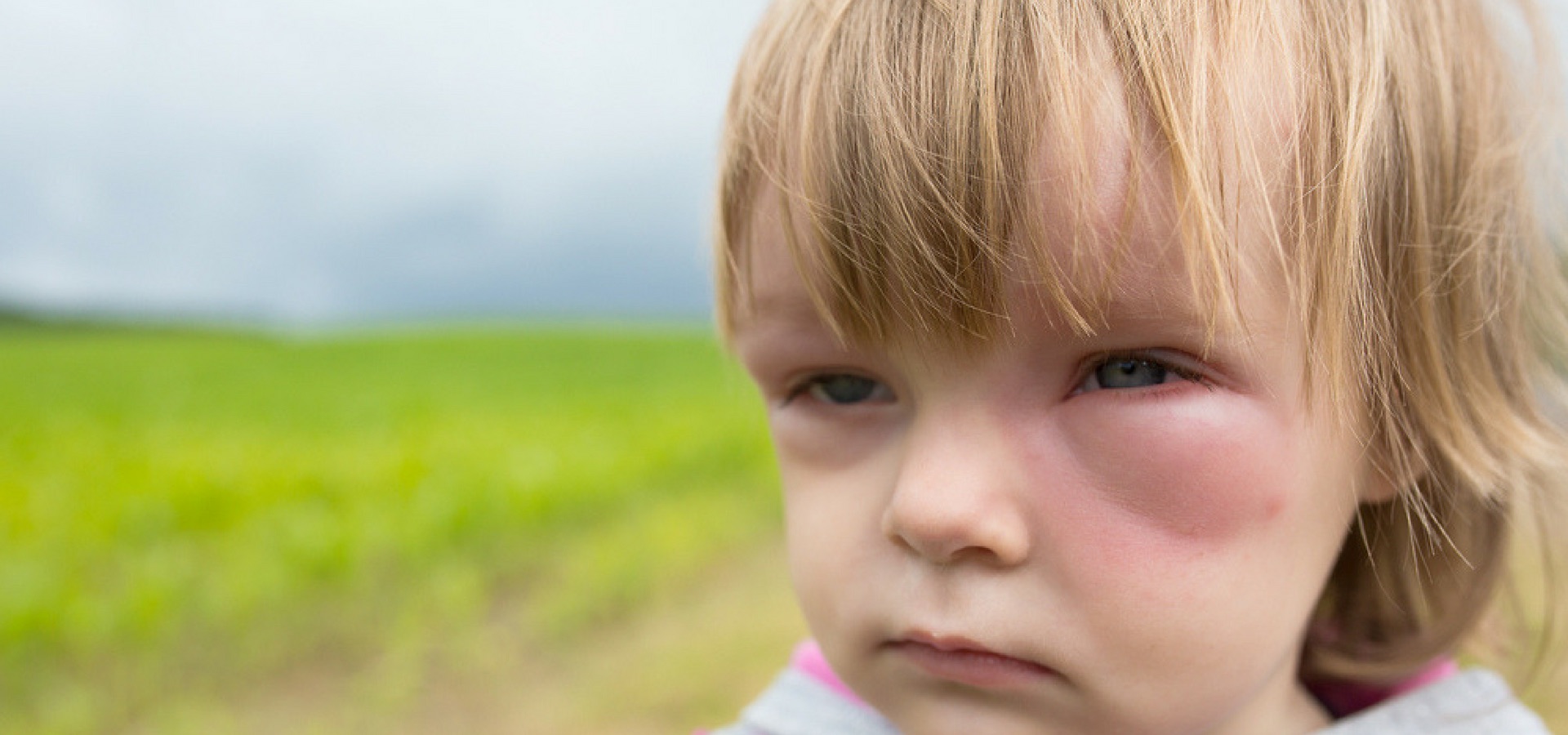Eye allergies are surprisingly common in children in South Africa and unfortunately, this phenomenon appears to be on the increase.
Some children will experience eye allergies as infants and young children but outgrow it as adults, while others will continue to battle with it right into adulthood.
If one of the child’s biological parents suffers from some form of allergy, there’s a 40% to 50% chance that the child will have some sort of allergy as well. That probability jumps to 75% to 80% percent when both biological parents have allergies.
An allergy describes the “over excited” way in which the body reacts to something in the environment which it sees as foreign. This foreign substance is called an allergen.
Types of Allergens
Outdoor allergens include pollens, diesel exhaust and petrol fumes.
While indoor culprits encompass pet dander, dust mites, mould, and cigarette smoke.
A child can come into contact with an allergen by touching it, breathing it in or eating it. The following image has been borrowed from Adam, Inc. which shows some of the various types of culprits that can cause allergic reactions in children whose body sees them as foreign.
Allergic Eye Disease Symptoms
In a child with allergies, the body mistakenly identifies the foreign object (seen in example above) as a serious threat, which in turn triggers a cascade of immune mediated enzymes and chemicals to be released into the body to fight off this intruder.
This overzealous reaction can cause a range of symptoms from having mildly itchy eyes, to chronic scarring with resultant loss of vision.
Symptoms may only occur during certain seasons such as spring when flowers start to blossom or may be present throughout the year due to continual exposure to something like house dust mites.
Symptoms that occur commonly in allergic eye disease include:
- Itchy eyes with frequent rubbing.
- Increased tearing (watery eyes)
- Red or pink eyes.
- Mild swelling of the eyelids. Areas around the eye or just below the eye are also often involved.
- Darkened discoloration of the skin under the eye
Watching Children’s Behaviour is key
Children are not young adults; therefore, they cannot always describe to us what exactly is wrong. It is very helpful to carefully watch their behaviour, such as:
- Rubbing their eyes often.
- Blinking forcefully and repeatedly.
- Making rolling eye movements in response to the itchy sensation caused by the allergies.
Allergies Are Not:
Important to note is that eye allergies do not cause the following:
- A sticky, stringy, mucus discharge.
- A green or a yellow discharge
- Lids that are so swollen that they close the eyes.
- Pain or a fever.
Should any of these symptomsoccur, medical attention should be sought immediately!
Management of Allergies
Once a diagnosis of allergic eye disease has been made by your eye specialist, there are a variety of management protocols that can be followed.
The simplest of these is to avoid the possible triggers. Many allergens that cause eye allergies are difficult to identify, but there are a few general procedures that can be helpful:
- Keep windows closed during high pollen periods and stay indoors as much as possible when pollen counts are at their peak, usually during the midmorning and early evening, and on windy days.
- Avoid using window fans that can draw pollens and moulds into the house; use air-conditioning in your home and car if possible.
- In damp areas use a dehumidifier to control mould.
- Use “mite-proof” bedding covers to limit exposure to dust mites, and wash your bedding frequently, using hot water (above 40C).
- Wash your hands after petting any animal.
In addition to avoiding triggers, your child’s eyes can be made more comfortable by using medication.
Some symptoms can be controlled by using over-the-counter medication such as artificial tears, a decongestant drop and oral antihistamines.
There are two important factors to be considered when taking these medications. OTC decongestant eye drops should not be used for more than two to three days. Prolonged use can create a “rebound effect” – increased swelling and redness that may last even after discontinuing the drops. OTC Antihistamine tablets may cause dry eyes and potentially worsen eye allergy symptoms.
Prescribed drops include preparations such as anti-histamines, mast cell stabilisers, non-steroidal anti-inflammatories and corticosteroids.
Your eye specialist will determine which combination of these treatments are the most appropriate for your child.
Correct Diagnosis is Important
Eye allergies can cause great discomfort and in rare cases, even vision loss. But with the correct diagnosis and treatment, the condition can be well controlled. It is always recommended to see an eye specialist for the best possible advice.
References:
- Oxford Handbook of Ophthalmology, 2ndEdition, p. 170
- American College of Allergy, Asthma and Immunology
- Allergy Foundation of South Africa
- Images: Borrowed from todaysparent.com; Adam, Inc.: Parenthub; Paediatric Associates of Franklin; Allergy & Ashtma Center of Atlanta; Eyecare Kids; allergyaustralia.com
- WHAT IS A “LAZY” EYE? - August 24, 2023
- Eye Allergies in Children - May 24, 2018





